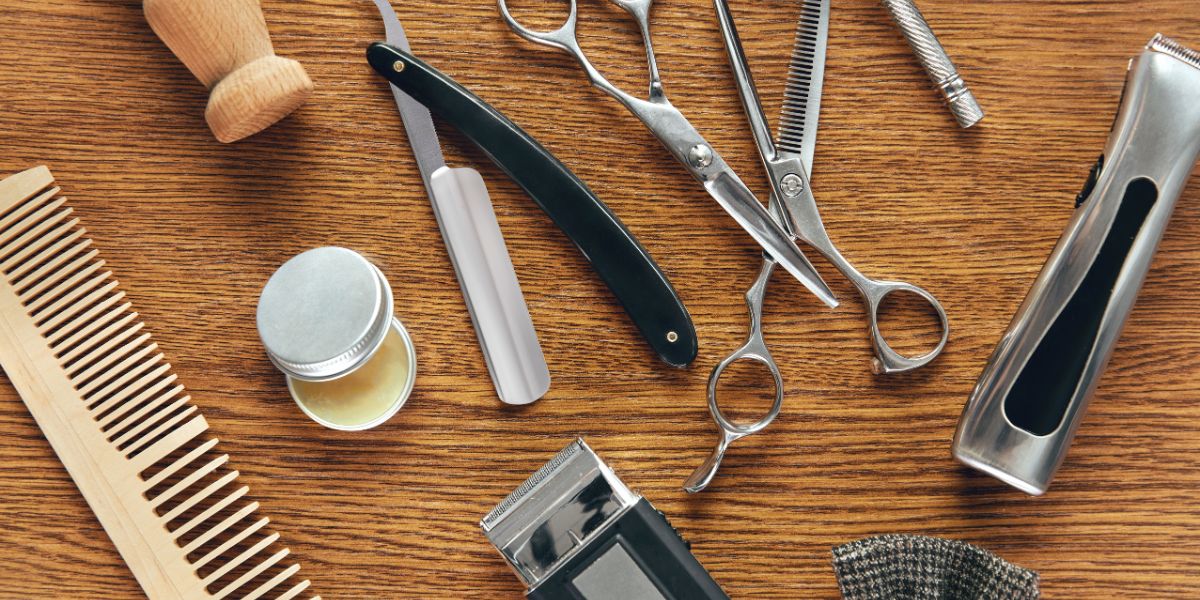
When selecting grooming tools for your pet, it's crucial to consider factors like their breed, coat type, and specific grooming needs. Understanding these elements will guide you in choosing the right tools that will help maintain your furry friend's health and well-being. By tailoring your grooming routine to suit your pet's individual characteristics, you can ensure a positive grooming experience for both of you. Remember, the right tools can make all the difference in keeping your pet looking and feeling their best.
Understanding Your Pet's Breed
When selecting grooming tools for your pet, understanding your pet's breed is crucial for effective grooming practices. Different breeds have unique grooming needs that require specific tools tailored to their coat type, length, and texture. For example, a long-haired breed like a Shih Tzu may need a slicker brush to prevent matting and tangles, while a short-haired breed like a Dalmatian may benefit more from a rubber curry brush to remove loose hair.
Each breed also has different grooming requirements based on their hair growth patterns and shedding tendencies. Breeds that shed heavily, such as Huskies or German Shepherds, may require deshedding tools like undercoat rakes or shedding blades to manage their coat effectively. On the other hand, breeds that have minimal shedding, like Poodles or Bichon Frises, may need regular clipping and trimming with specific grooming shears.
Assessing Your Pet's Coat Type
To determine the appropriate grooming tools for your pet, begin by assessing their coat type. Different coat types require specific grooming tools to keep your pet looking and feeling their best. For short-haired breeds like Beagles or Pugs, a grooming mitt or bristle brush can help remove loose fur and keep their coat shiny.
Long-haired breeds such as Shih Tzus or Maltese may need a slicker brush or comb to prevent matting and tangles. Wire-haired breeds like Fox Terriers or Schnauzers benefit from regular stripping to maintain their coat texture.
Assessing your pet's coat type will also help you determine if they need specific grooming products like deshedding tools for heavy shedders or detangling sprays for long-haired breeds. By understanding your pet's coat type, you can choose the right grooming tools to keep them looking groomed and healthy. Remember, regular grooming not only maintains your pet's appearance but also promotes their overall well-being.
Identifying Specific Grooming Needs
Considering your pet's individual characteristics is crucial in identifying the specific grooming needs that will keep them healthy and looking their best. Different pets have unique requirements based on their breed, coat type, and lifestyle. For example, long-haired breeds like Shih Tzus or Persians may need daily brushing to prevent matting and tangles, while short-haired breeds like Beagles or Dalmatians might benefit from weekly brushing to reduce shedding.
In addition to coat type, your pet's activity level and environment also play a significant role in determining grooming needs. Dogs that spend a lot of time outdoors may need more frequent baths to remove dirt and debris, while indoor cats might require regular nail trims to prevent overgrowth. Understanding these factors will help you tailor your pet's grooming routine to suit their specific needs.
Essential Grooming Tools for Maintenance
For effective maintenance grooming, having the right tools is essential to keep your pet looking and feeling their best. One of the most crucial tools for maintenance grooming is a slicker brush, which helps remove tangles and mats in your pet's fur. Regular use of a slicker brush can prevent matting and keep your pet's coat healthy and shiny.
Additionally, a good quality comb is vital for maintaining your pet's coat, especially for breeds with longer hair. A comb can help detangle hair and ensure that your pet's coat remains smooth and knot-free.
Nail clippers are another essential tool for maintenance grooming. Keeping your pet's nails trimmed is important for their comfort and health. Long nails can cause discomfort and even lead to joint issues. By regularly trimming your pet's nails with proper nail clippers, you can prevent these problems.
Lastly, a gentle pet shampoo formulated for your pet's specific needs is crucial for maintaining their hygiene. Regular baths with a suitable shampoo can keep your pet's skin clean and healthy, promoting overall well-being.
Additional Considerations for Grooming
When grooming your pet, remember to assess their individual needs to ensure a comfortable and effective grooming routine. Consider your pet's breed, coat type, and any specific skin conditions they may have. For example, long-haired breeds may require more frequent brushing to prevent mats and tangles, while short-haired breeds may benefit from a rubber grooming mitt to remove loose fur.
Additionally, take into account your pet's comfort level with grooming. Some pets may be anxious or fearful during grooming sessions, so it's essential to introduce them gradually to the tools and process. Using treats and positive reinforcement can help create a more positive experience for your pet.
Another important consideration is the environment in which you groom your pet. Choose a quiet, well-lit area with non-slip surfaces to prevent accidents. Keeping grooming sessions short and positive can also help your pet associate grooming with a pleasant experience.




